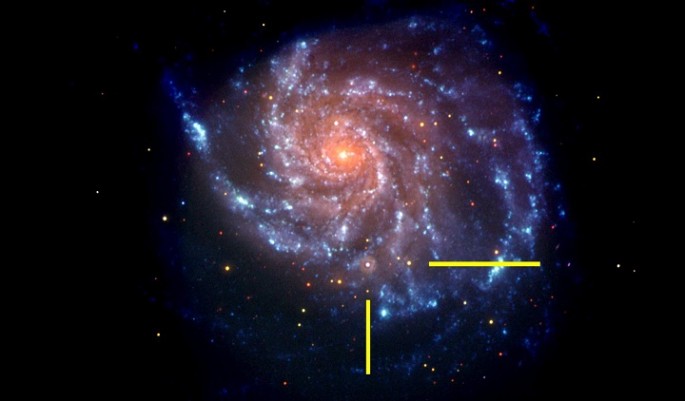A new study conducted by astronomers suggests that the acceleration of the expanding universe is not as fast as first thought it would be.
The team from the University of Arizona analyzed specific types of supernovae or exploding stars as observed by NASA's Swift satellite, where they determined that these were more diverse than previously thought.
This led to scientists to consider what kind of implications this supernovae diversity can have as to how fast the universe is expanding ever since the Big Bang.
Researchers found out that supernovae called type Ia that are considered to be perfectly uniform that astronomers use them as cosmic beacons to measure the depths of the universe, are actually classified into different populations. This can be compared to selecting from 100 watt light bulbs found at the hardware store and classifying them into different degrees of brightness.
According to study lead author Peter A. Milne, these differences in brightness are not so random since these characteristics led to categorizing Ia supernovae into two groups where the supernovae minority group near the Milky Way galaxy are apparently the majority at large distances when the universe was younger.
The Ia supernovae are now categorized into red and blue populations that have not yet been recognized says Milne, where many scientists assume that upon observing near Ia supernovae and far ones, they are distinctly not the same.
This new discovery sheds new light upon the current accepted view that the universe is expanding at a faster rate that is largely affected by mysterious dark matter. Milne further explains this phenomenon that supernovae now seem fainter than predicted as they move farther away as the universe expands.
However, the rate in which the universe has been expanding is now decreasing since stars and galaxies are moving farther away than the rate expected. Apart from the theory of dark matter, scientists believe that some other force has been pushing the universe apart.
This study is published in the Astrophysical Journal.



























